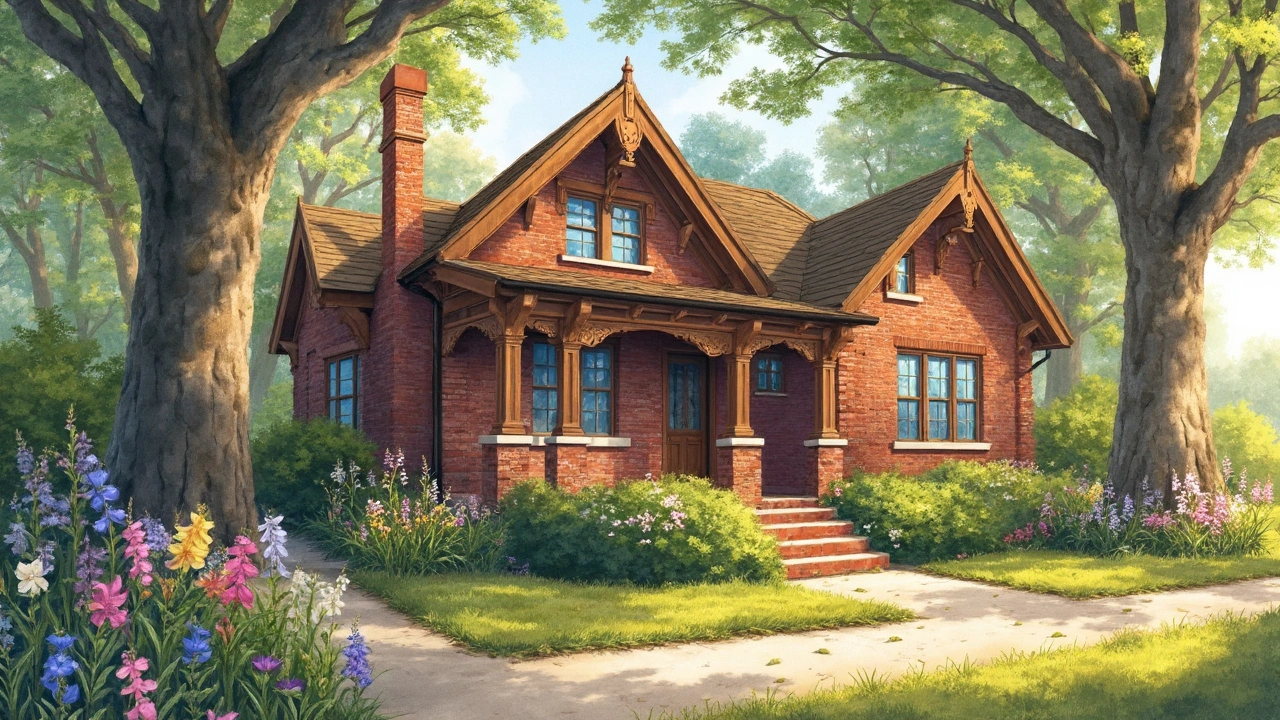Exploring the American Craftsman style is like stepping into a world where beauty and function dance in harmony. This treasured design approach emphasizes detailed craftsmanship, quality materials, and a love for handmade charm in everyday life. From architecture to furniture, it's all about creating spaces that feel both grounded and inviting. Dive into the heart of this timeless art form to discover its roots and how to easily incorporate it into your own life.
Art of Living: How Architecture Shapes Your Daily Life
You spend most of your time around walls, windows, and furniture — so design isn’t decoration, it’s behavior. Good architecture sets the rhythm of your day: morning light that wakes you, a kitchen layout that cuts cooking time, a porch that invites neighbors over. This page shows simple, practical ways to borrow ideas from historic and modern styles so your home actually improves how you live.
Design choices that change routines
Start with light, layout, and materials. Position beds and work desks where natural light hits in the morning; that boosts focus and mood. Open-plan kitchens and sightlines save steps and make family time easier — that’s why ranch-style and mid-century homes feel so relaxed. Choose durable surfaces (stone, tiled floors, simple wood) in high-traffic zones so maintenance doesn’t steal your weekend. Small moves, like a mudroom or a clear drop zone by the front door, cut daily friction.
Think scale and proportion next. Georgian and Greek Revival styles teach us that balanced windows and consistent ceiling heights feel calm and orderly. If a room feels too cramped, raise eye lines with taller curtains, slimmer furniture, or a mirror; your brain reads height as space. High-tech and neo-futurist spaces use glass and steel to open views — you can mimic that with one large picture window or a glass door to the yard.
Style tips you can use today
Want a few quick style swaps that actually matter? Add a covered outdoor spot inspired by Mediterranean Revival to extend living space, or use Craftsman-style built-ins to keep clutter out of sight. If you love drama, borrow Baroque or Beaux-Arts details in one focal area — an entryway or a fireplace — and keep the rest simple. For a timeless, low-effort look, mix mid-century furniture with clean Bauhaus lighting: function first, but make it beautiful.
Preservation-minded ideas work for modern life too. Restoring original woodwork or sash windows keeps character and often improves thermal performance if done right. Colonial and Renaissance features often include thick walls and deep window sills that naturally regulate temperature; you can gain similar comfort with better insulation and thermal curtains without losing style.
Sustainability is now part of the art of living. Choose long-lasting materials, add shading for summer heat, and use compact, efficient layouts that reduce wasted square footage. High-tech architecture shows how systems can integrate unobtrusively: hidden storage, built-in lighting controls, and smart ventilation that improves comfort and lowers bills.
If you want quick next steps: pick one pain point (noise, clutter, cold rooms), borrow a clear solution from a style above, and try a small change for a month. Track how your routine shifts — you’ll see design’s power fast. Explore our articles to see examples from Colonial to Neo-Futurism and find the look that actually makes your life easier.

